While this article only references Chrome and Firefox, the procedure should be similar for other browsers such as Opera or Brave.
This articles only covers a small portions of the available ad blockers, however the process is similar for the rest.
Step 1 : Check which extensions are installed in your web browser. They are typically represented by the icons located right to the address bar.
In Chrome:

Alternatively
You may enter the extensions page with the following procedure.
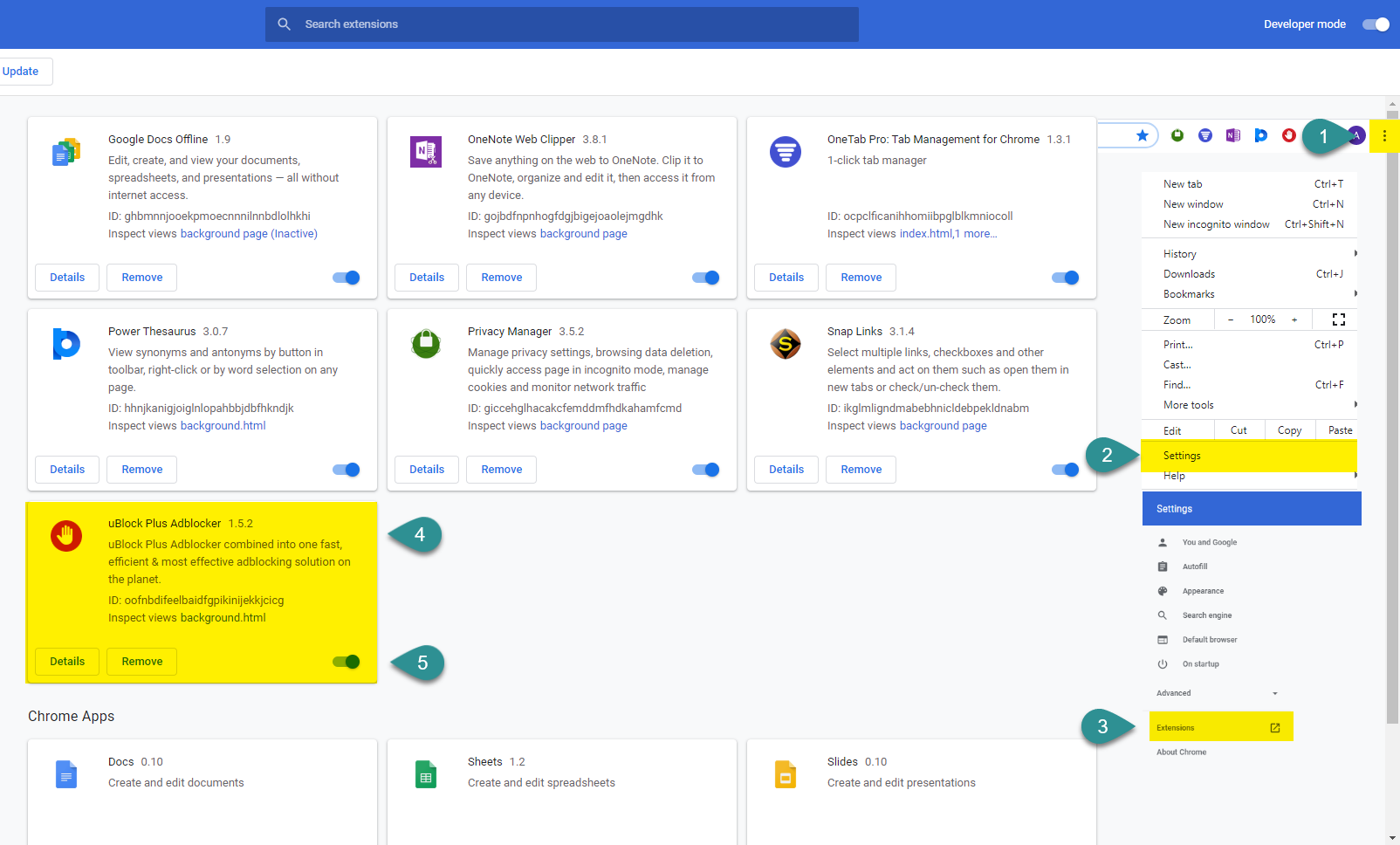
In Firefox:
You may enter the extensions page with the following procedure.

In Firefox:

Alternatively
You may enter the extensions page with the following procedure.
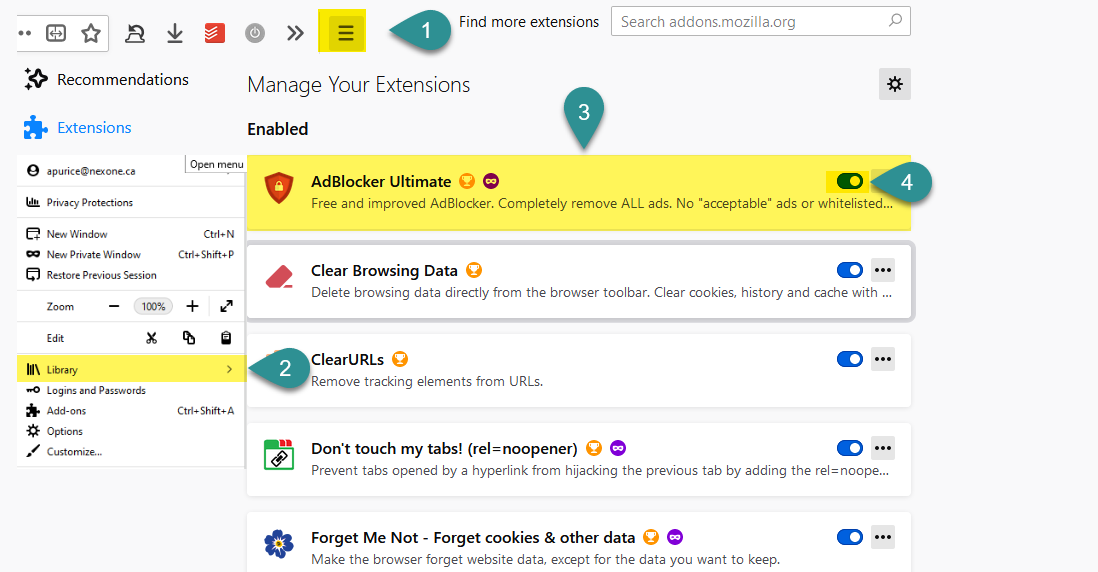
Step 2 : Verify if any of those icons match with the list below.

Step 3 : Right click on the extension and select «remove» option.
In Chrome:
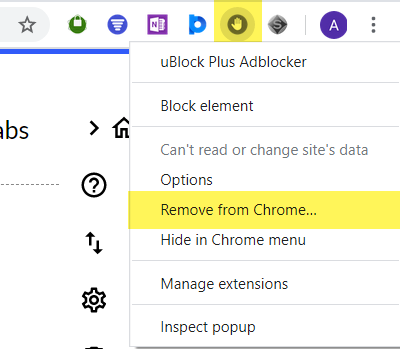
In Firefox:
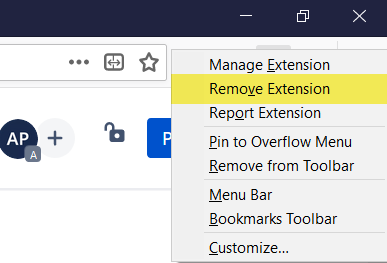
Step 4: Confirm the removal from the resulting dialog box.
In Chrome:
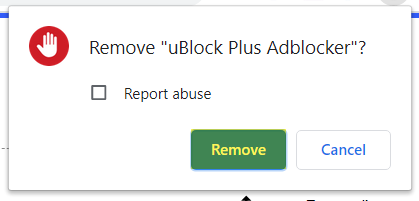
In Firefox:
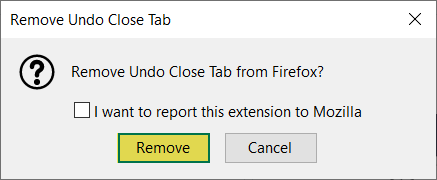
Many other kinds of extensions (i.e other then adblockers) may be intrusive using our software. The following extensions are known to cause issues relating to fields being filled with the wrong information: grammarly and lastpass. This is because they store previously entered information, and fill it in the next time they read the same field label.